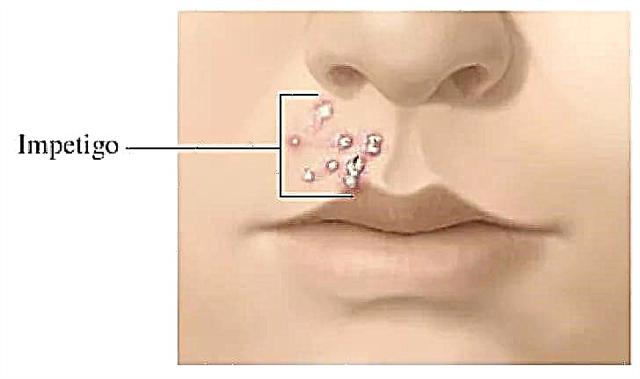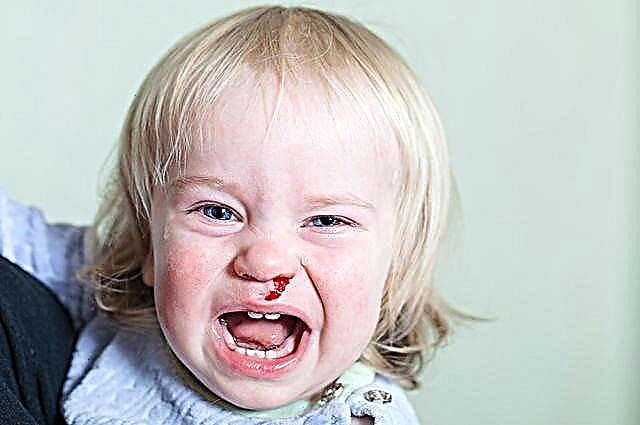
Much has been said and written about Kalanchoe in the nose. It is known that the juice from the fleshy leaves of this houseplant helps with a cold, but the controversy about children's use of such drops does not subside. Some say that this is an excellent remedy even for infants, others are sure that children should not drip Kalanchoe juice at all, since its benefit for rhinitis consists only in eliminating symptoms, it does not cure, but its effect on children is truly unpredictable. Let's try to weigh the pros and cons.


Plant properties
Botanists refer to Kalanchoe about two hundred different plants united by this species. In Russia, two grow and feel great on the windowsill - the Kalanchoe Degremona and the feathery Kalanchoe. Therefore, speaking about the juice of this plant, we will mean both of these varieties of an evergreen plant with juicy and fleshy leaves. Moreover, the differences between them are only external, and even then insignificant. They have the same basic properties.

Kalanchoe juice has antimicrobial, anti-inflammatory and hemostatic effect. It relieves puffiness. When instilled into the nose, it behaves like a local irritant.
The recipe for using Kalanchoe from the common cold for children is in the next video.
Operating principle
You should not expect any miraculous therapeutic effect in the treatment of rhinitis from Kalanchoe juice. It is practically absent, except for a small antimicrobial effect. But the local irritation that it causes after getting into the nasal passages provokes such a protective mechanism as sneezing. The patient sneezes and coughs for a long time and persistently, due to which the mucus almost forcibly leaves the nose and nasopharynx, breathing is restored. True, only temporarily.

Is it possible for children?
In principle, you can. Some pediatricians even take the liberty of prescribing juice to their young patients, although they are well aware that the result is unpredictable, it can unpleasantly surprise everyone.
First, Kalanchoe juice can cause allergies in a child with a weakened immune system.
Second, it increases the risk of secondary edema and complications of rhinitis.
And as it is clear from the principle of action, intense sneezing, although it helps to free the nasal cavity from snot, can cause injuries to the nasopharynx, and a too small child can generally choke on mucus, since he does not know how to blow his nose.


That is why Kalanchoe juice can be used, but very carefully. Despite the numerous reviews of mothers on the Internet, you should not take risks and drip this remedy to infants and children under one year old. For older children, it is advisable to dilute the juice with water or saline, and also observe the dosage.


How to cook
If this unpretentious plant grows on your windowsill at home, there will be no problems with raw materials for preparing the drug. Choose the most juicy leaf, cut it off, squeeze through cheesecloth. Dilute the juice with water (one to three) and drip into each nasal passage. Some folk recipes recommend holding the cut leaf in the refrigerator for several hours before spinning.

If you don't have Kalanchoe at home, you can buy a ready-made drug at the pharmacy that contains such juice.
When choosing a pharmacy option, remember that children should not be instilled with alcohol juice, a product with the addition of ethyl alcohol is contraindicated in childhood.
Also, avoid homeopathic remedies that contain this herb. There it, like all the other components, is contained in such negligible micro doses that there will definitely not be any sense from such treatment.

Sometimes a decoction from the leaves of the plant is prepared for children; this is a milder remedy.

Instructions: use for children
Kalanchoe juice should be considered as an emergency measure for a child only if his nose does not breathe at all, and there is no way to blow your nose properly. Such an unconventional method of treating rhinitis should be abandoned if:
- If the child has an allergic rhinitis. In this case, treatment of the cause is required, and not elimination of the effect.
- If the child has a severe bacterial rhinitis. In this case, the mucus will be green or gray. This condition requires prompt antibiotic therapy. Delay can provoke complications.
- If the child has sinusitis with purulent discharge from the nose.
- If the child has injuries to the nasal septum or curvatures resulting from previous sinusitis.

Parents should do a home allergy test before first use. To do this, apply a drop of concentrated (undiluted) juice to the child on the nasolabial triangle (in the dimple above the upper lip), rub lightly and evaluate the result in an hour and a half. If redness, swelling does not appear, Kalanchoe juice can be used. If even a slight reaction has manifested itself, it is absolutely impossible to use this remedy for this child.


You can drip Kalanchoe juice no more than 2 times a day, no more than five days. This is what traditional healers say. More skeptical specialists in the field of traditional medicine talk about the juice of this plant as a one-time use, for isolated cases, considering the course treatment of Kalanchoe unjustified.

Contraindications
An unequivocal ban on the use of Kalanchoe juice is an increased body temperature with a cold. If a child has it above 37 °, this indicates that nasal congestion and slight swelling are a clear sign that inflammation is taking place in the nasal passages. Not the worst, by the way, as it destroys pathogens.
If at this stage you use the anti-inflammatory agents of Kalanchoe juice, the inflammation will be "extinguished" too early, and the path for harmful microbes will be free.

Thus, the juice of the plant should not be used at the onset of the disease, it is better to use it at the end of the disease, when everything is over and all that remains is to get rid of excess mucus in the nose.
You can not drip Kalanchoe for too long, as this herbal remedy dries out the mucous membrane. This can significantly complicate the treatment of rhinitis. Often, the juice of another plant, aloe, is added to the Kalanchoe juice for children, this allows you to make such drops more gentle and reduce the likelihood of overdrying the mucous membrane of the respiratory system.

In any case, you should consult your doctor before using this herbal preparation for treating a child. I repeat once again: Kalanchoe juice is not harmless and safe, independent experiments in this situation are inappropriate and even criminal.

You can see the recipe for drops for children with Kalanchoe based on saline in the next video.



